Safety Tips for Snorkeling in Maui: Ultimate Guide
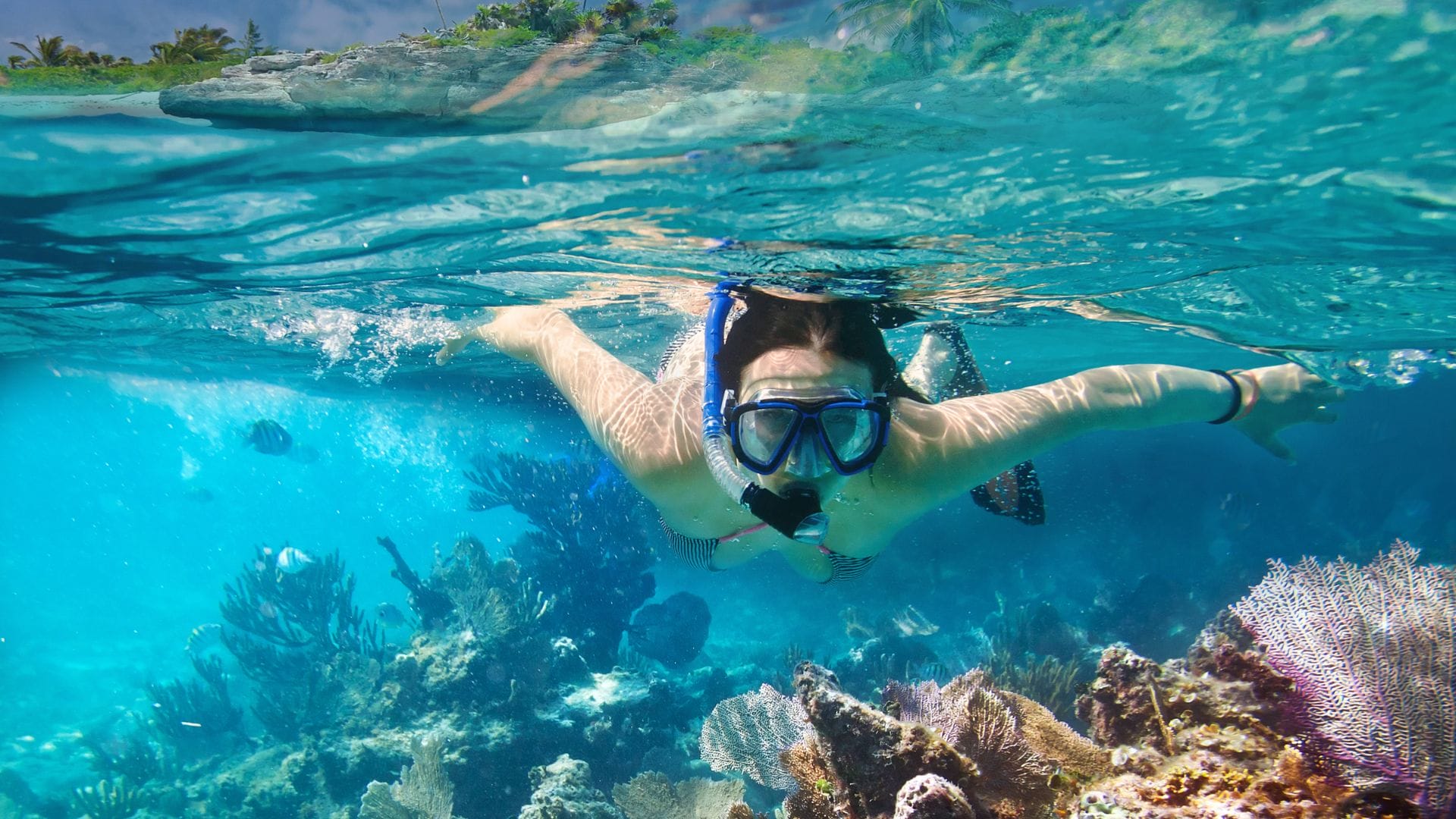

Aloha! | E Komo Mai
Ocean safety for swimming and snorkeling on Maui is a critical part of your vacation planning. While the beaches in Maui and vibrant marine life draw visitors from around the world, it’s crucial to understand and respect the power of the Pacific Ocean.
By being prepared and following a few key guidelines, you can have an enjoyable and safe experience in the water.
From understanding rip currents to respecting marine life, this guide provides essential tips for keeping yourself and your loved ones safe in Maui.
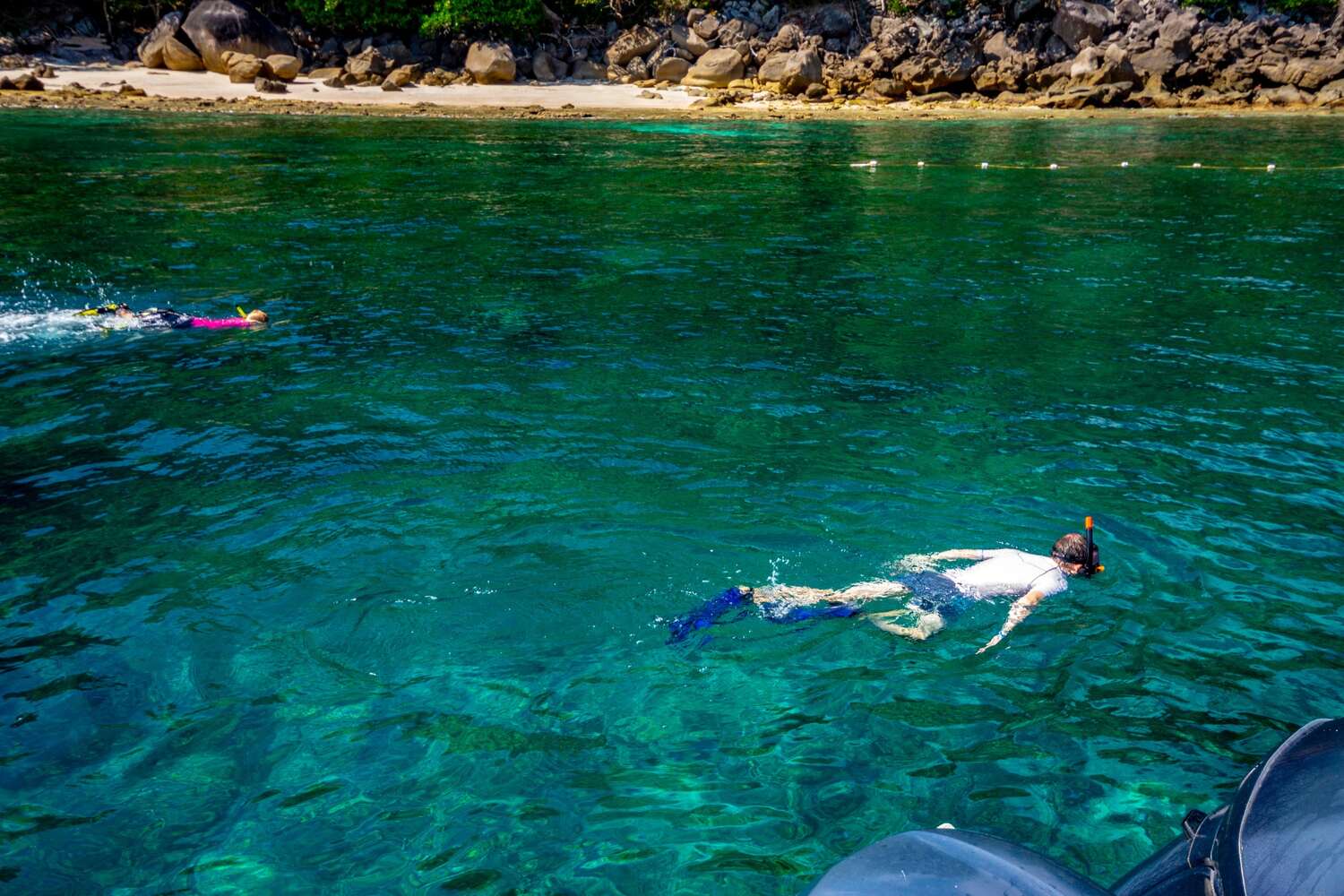
Understanding Ocean Conditions on Maui
The first step to ocean safety for swimming and snorkeling on Maui is knowing what to expect from the Pacific. You’ll quickly notice that each beach on Maui has its own distinct character and ocean behavior.
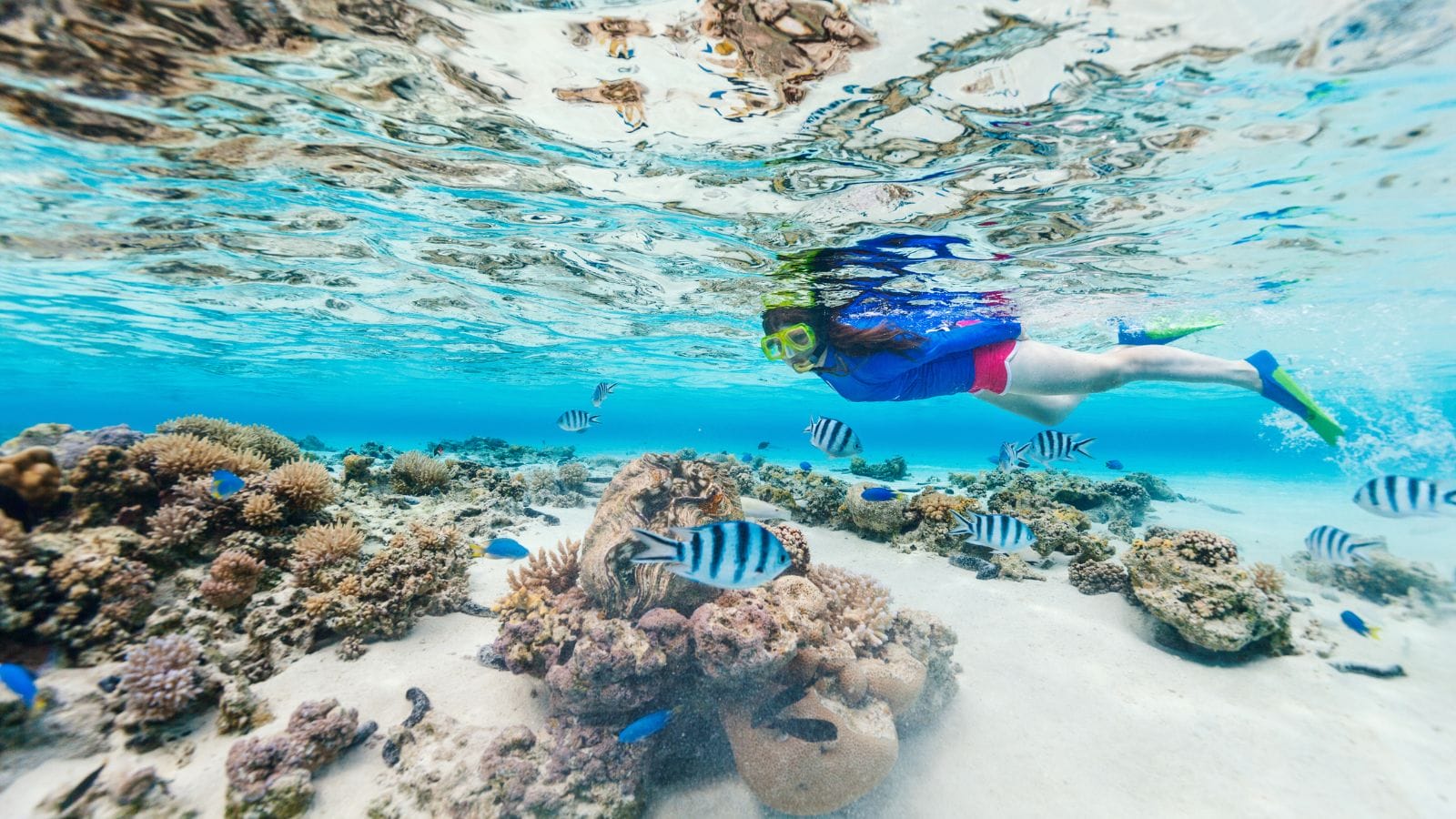
Waves and Swells
Maui is well-known for its waves, attracting surfers from around the globe. Keep in mind that these waves come in sets with periods of calm in between. Don’t be fooled by a seemingly tranquil ocean; a large set of waves could arrive unexpectedly.
To stay safe, take some time to check the wave patterns before entering the water. The Hawaii Beach Safety website is an excellent resource for real-time updates and warnings.
Tides
Understanding tides can play a significant role in the water. During high tides, water may cover reefs or sandbars that are exposed during low tides, creating shallower areas or changing the shape of the ocean floor.
You’ll also want to research tides before going to certain popular beaches, as some areas may become inaccessible or hazardous during specific tidal conditions. This is also the case when exploring the Road to Hana, with plenty of interesting stops along the way, so make sure to take that experience!
Currents
Ocean currents can be tricky, so it’s essential to learn about them and respect their strength. Some currents flow parallel to the shore, while others, called rip currents, move directly away from the shore, quickly pulling you out to sea.
These rip currents can catch even the most experienced swimmers off guard. If you find yourself caught in one, remember not to panic or fight against it directly. This will just drain your energy. Instead, swim parallel to the shore until you escape the current’s pull, then swim back towards the beach.
For added safety, always choose to swim and snorkel at beaches with lifeguards present. Lifeguarded beaches on Maui are the safest places to enjoy the ocean, as lifeguards can provide assistance or call for help if needed.
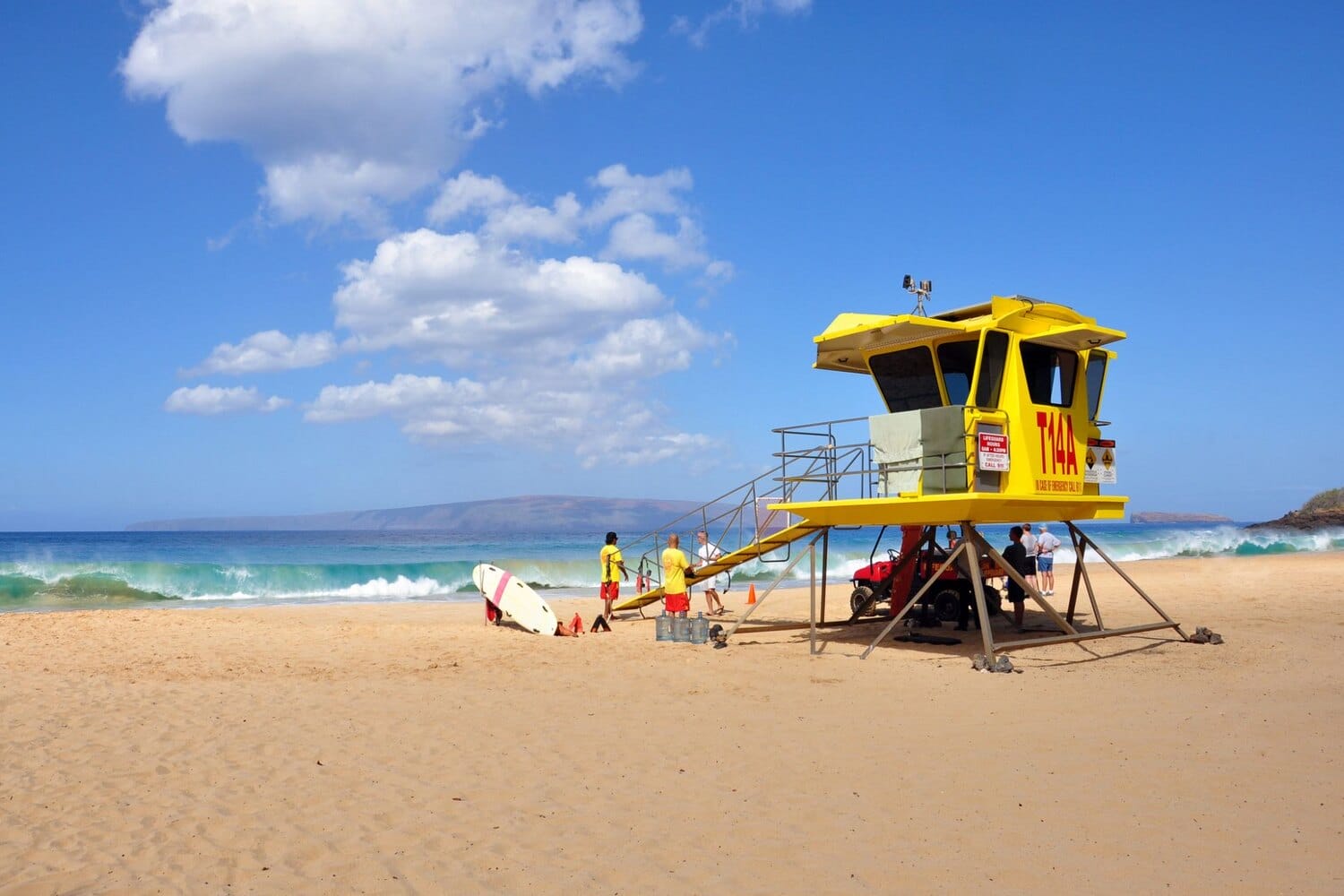
Safe Snorkeling Tips for Maui
Snorkeling offers a fantastic way to explore Maui’s colorful underwater world. Follow these safety precautions for a truly remarkable adventure.
Choose a Safe Snorkeling Location
Before venturing out, research different snorkeling spots in Maui and look for spots with calm waters, good visibility, and easy entry and exit points. Talk to lifeguards for advice if you are unfamiliar with a location.
Lifeguard towers on Maui can be found at Hanakao’o (Canoe Beach), DT Fleming Beach Park, and other select beaches. Don’t be afraid to ask the lifeguards about the conditions before you go snorkeling. They can advise on any potential hazards, such as strong currents, rough surf, or even if they’ve received reports of sharks in the area.
Some of Maui’s calmer areas have reefs, rocks, or other natural protections that break up waves and create calmer snorkeling conditions. But always be aware of your surroundings, even in these more protected spots.
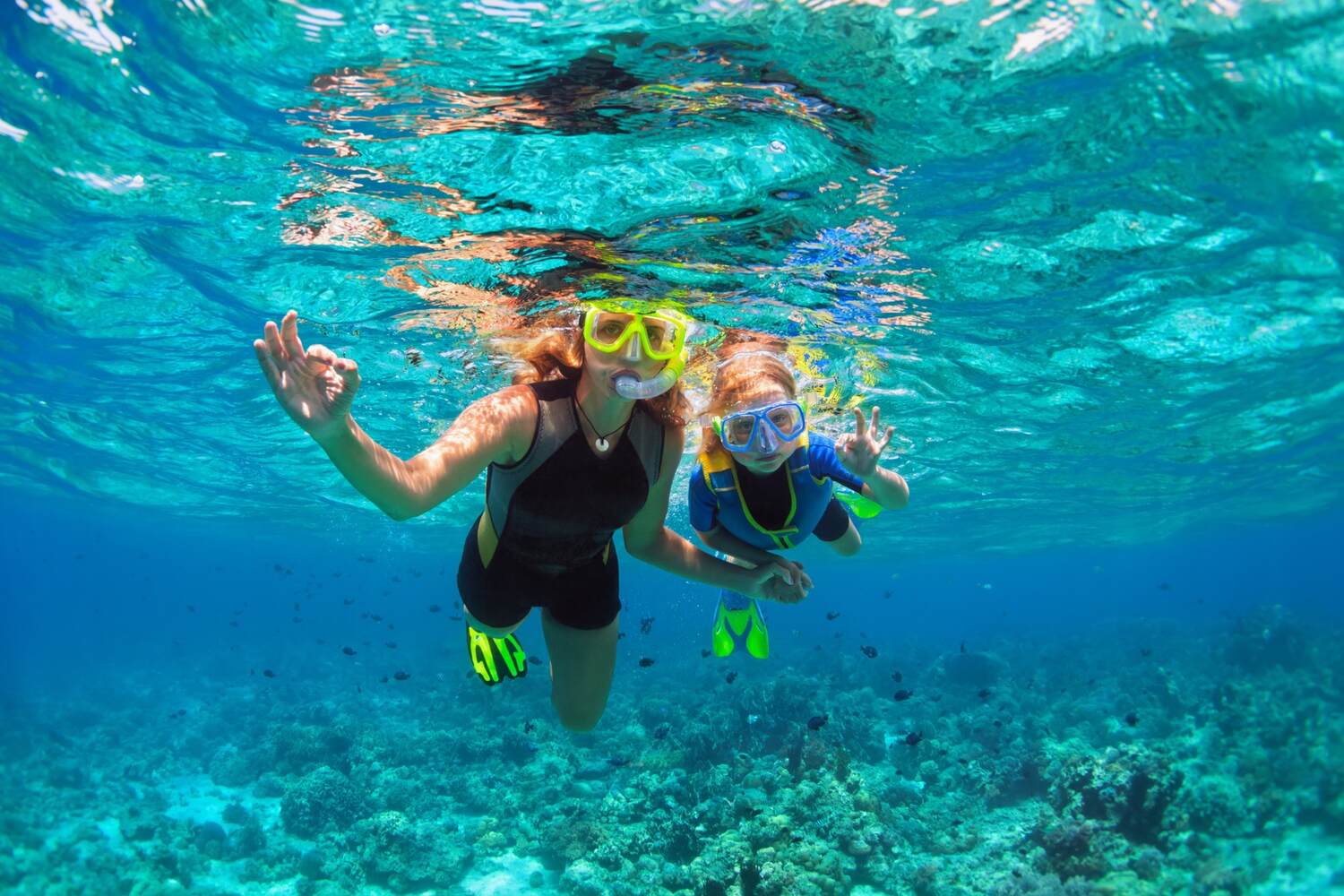
Go Snorkeling with a Friend
Snorkeling is more fun and safer when done with someone else. Watch out for each other and stay close enough to communicate easily. You’ll also have someone who can alert others or get help if one of you encounters trouble.
Use Proper Snorkeling Gear
Make sure to use a properly fitting mask, snorkel, and fins. Ensure your mask provides a clear seal to prevent water leakage and your snorkel has a comfortable mouthpiece. Try all the gear beforehand to make sure it fits comfortably and you know how to use it, especially when going snorkeling at Molokini Crater, which isn’t for beginners.
Fins make navigating the water much easier, but some locations with delicate coral might require wearing reef shoes instead. These shoes protect your feet and prevent damage to the fragile coral ecosystems.
Practice in Shallow Water
Take time to familiarize yourself with your equipment and your breathing in shallow water before heading out to deeper areas.
You can practice clearing your snorkel and adjusting your mask. Even shallow reefs can have interesting wildlife to see while you practice.
Stay Aware of your Surroundings
Pay attention to the currents and stay within designated snorkeling zones. Always be aware of the shore’s location and any changes in water conditions or marine life behavior.
Know your limits and avoid snorkeling if the current or waves feel too strong. If you start to feel tired, it’s essential to return to shore and take a break.
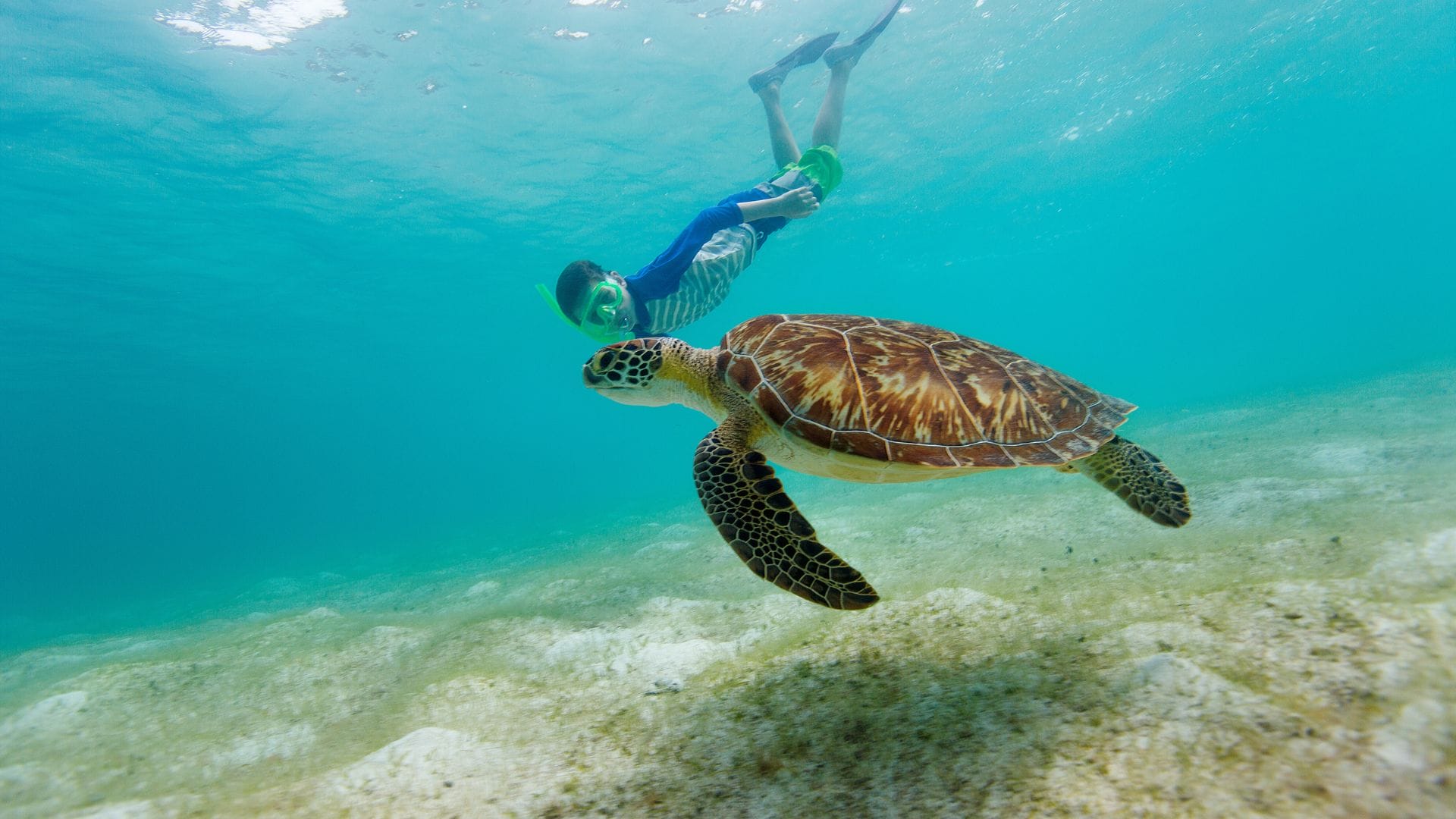
Marine Life Safety
In Hawaii, we love nature and the environment, and traveling here also means respecting Maui’s rich marine ecosystem – And that’s as important as personal safety.
Look But Don’t Touch
It’s tempting to touch a sea turtle or brightly colored fish. However, interacting directly with wildlife can disturb or injure these creatures and can be illegal if the animal is endangered.
Touching coral can damage reefs, and some animals can sting as well. Maintain a respectful distance and appreciate these amazing animals when snorkeling.
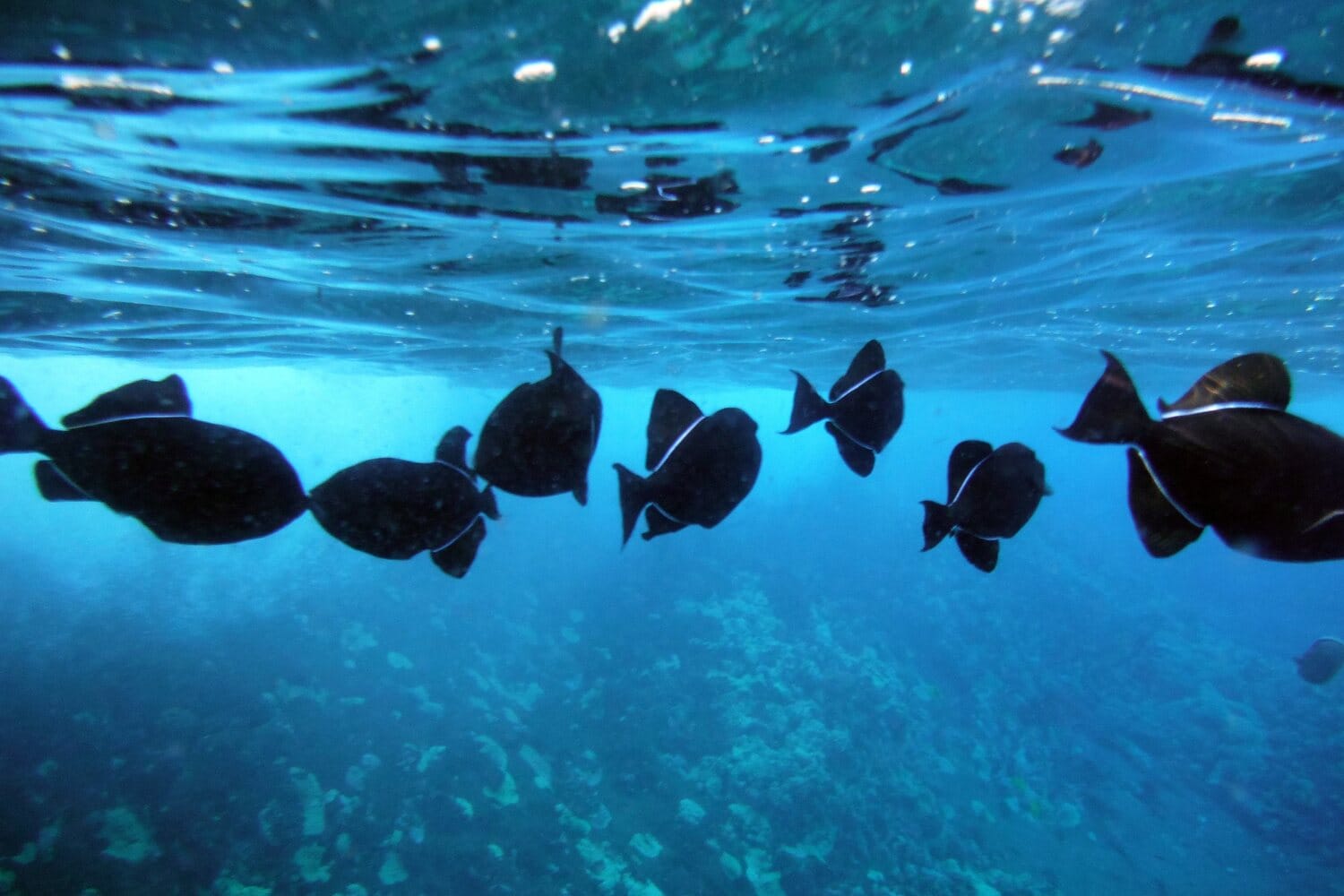
Extra Tips For Snorkeling in Maui
Ocean safety should always be on your mind, even after you’ve mastered swimming or snorkeling basics. These additional tips will enhance your safety in and around the water.
Never Turn Your Back to the Ocean
Even while leaving the water, remember that a surprise set of waves can knock you down or drag you back, so stay mindful.
If a set of waves comes when you are trying to get out of the water, it might be safer to duck under the waves and out towards the ocean until the waves have passed. Once the set has passed, you can more easily and safely make your way to shore.
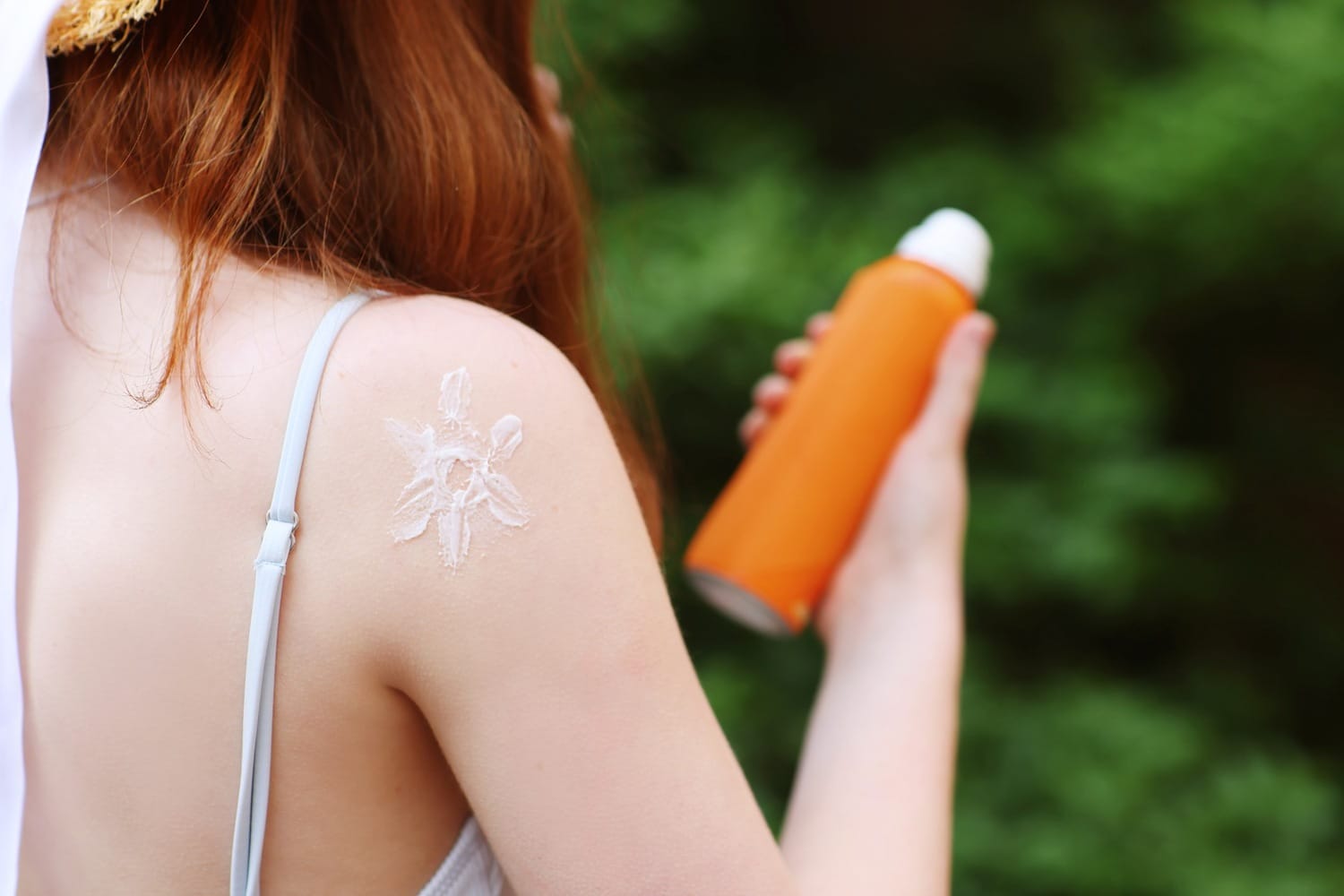
Sun Protection is Critical
The Hawaiian sun can be incredibly intense. Protect yourself with waterproof sunscreen, sunglasses, and a hat.
You’ll also want to consider protective swimwear that provides sun protection, such as rashguards. Staying hydrated is equally important, so drink plenty of water throughout the day, especially after being in the sun and saltwater.
Leave Valuables on the Shore
When going in the water, leave valuable items locked up in your car or hotel room. This includes your phone, wallet, keys, and any expensive jewelry.
You’ll avoid theft and won’t have to worry about losing items while swimming or snorkeling. If you need to take something with you, consider a waterproof pouch designed for swimming and snorkeling that can securely carry your valuables.
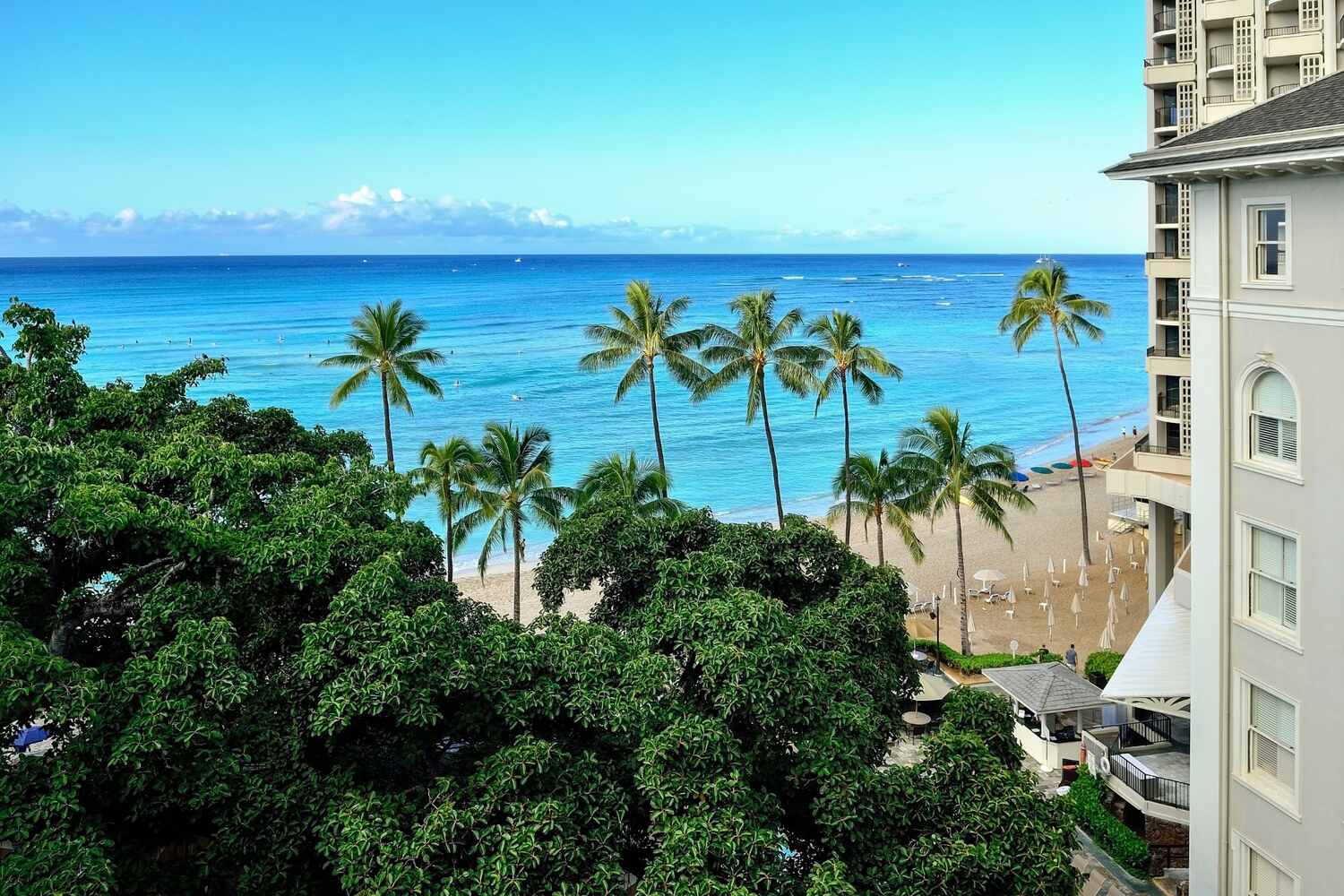
Be Cautious About Reefs
Coral reefs are vital habitats teeming with delicate creatures, but their surface can hurt you. It’s better to admire them from afar and refrain from touching any when you are in the water.
Also, always watch where you step, especially when entering or exiting the ocean. Enter the ocean from a sandy entrance when possible, and be mindful of any shallow reefs or rocky areas. Reef shoes can protect your feet from cuts and scrapes, so make sure to get some.
Stay Hydrated
Swimming and snorkeling in warm water can lead to dehydration quickly, so bring plenty of drinking water and take breaks to rehydrate.
Take sips of water throughout your time on the beach, even if you don’t feel thirsty. Staying hydrated will help you avoid heat exhaustion and keep you feeling your best while enjoying the water.
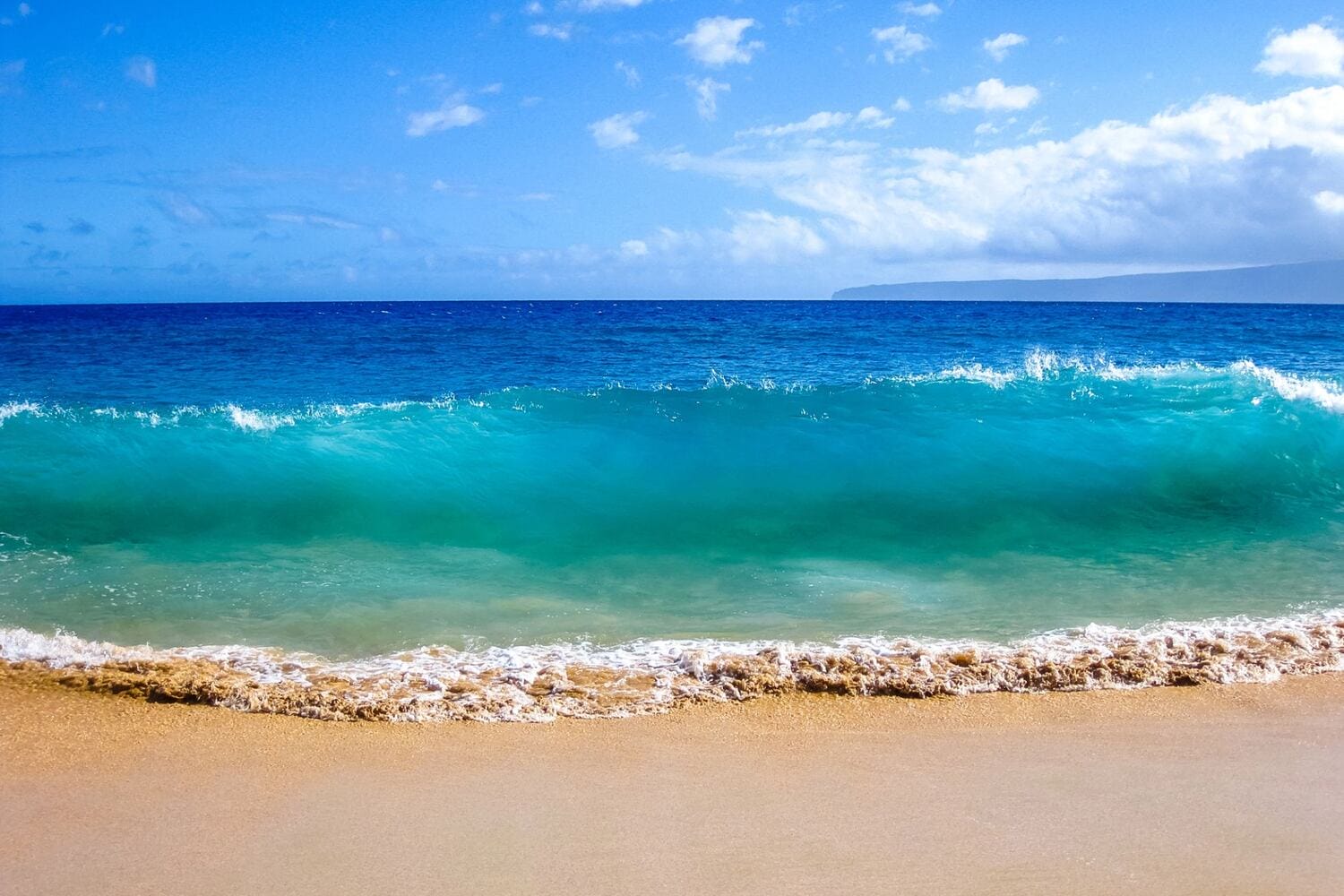
Don't Mix Alcohol and Swimming
Alcohol consumption impairs judgment and can significantly increase the risk of accidents. Avoid drinking alcoholic beverages before or during swimming and snorkeling activities.
Your coordination and decision-making abilities are crucial for safety in the water, so it’s essential to be sober and alert when participating in any water activities.
Learn Emergency Procedures
It’s always a good idea to familiarize yourself with basic emergency procedures such as CPR. Being aware of where the nearest phone or emergency station is will help as well.
In case of an emergency, having basic first-aid knowledge and knowing how to contact help quickly can be lifesaving, especially if there are no lifeguards on duty.
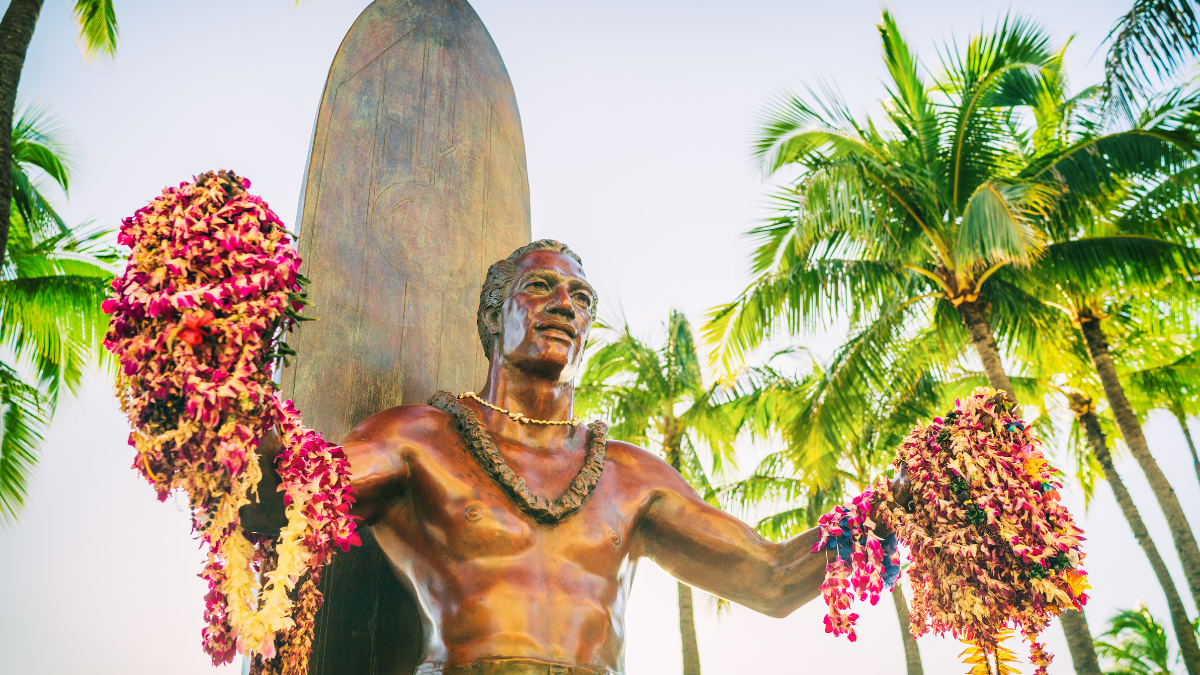
Conclusion:
Ocean safety for swimming and snorkeling on Maui starts with getting prepared and being aware.
Understanding ocean dynamics, utilizing safe practices, respecting marine life, and using available resources such as lifeguards and weather websites are critical components of safe exploration.
We hope this guide was helpful in planning your vacation and your snorkeling session in Maui!
Frequently Asked Questions
Is it safe to swim in the ocean in Maui?
Swimming in the ocean on Maui can be safe if you take proper precautions. It’s essential to understand ocean conditions and follow safety tips like swimming in designated areas, being aware of currents, never turning your back on the ocean, and respecting marine life.
Choosing beaches with lifeguards can add extra security. If in doubt, it’s always best to check conditions or ask a lifeguard before you go in the water.
How safe is snorkeling in Maui?
Like swimming, snorkeling safety depends on choosing safe locations with calm waters and good visibility. Always snorkel with a buddy, use proper gear, and familiarize yourself with local conditions beforehand.
If at any point you feel uncomfortable, it’s best to return to shore.
Is it safe to snorkel in Maui today?
Ocean conditions in Maui vary daily because of weather and ocean conditions. High surf, currents, and other conditions can change rapidly, so checking real-time updates and forecasts before venturing into the water is crucial.
What is the safest beach for snorkeling in Maui?
Several beaches in Maui offer safer snorkeling experiences for beginners and less experienced swimmers. Some calm options include sheltered bays on the south and west side of the island.
Honolua Bay and Napili Bay in West Maui, for example, feature shallow reefs within calm bays, and they are great locations for all levels.
Share:
